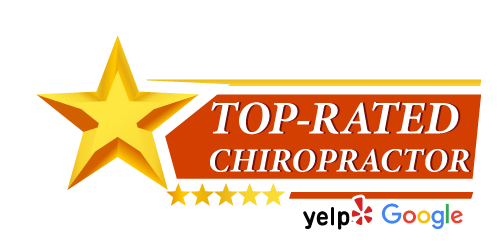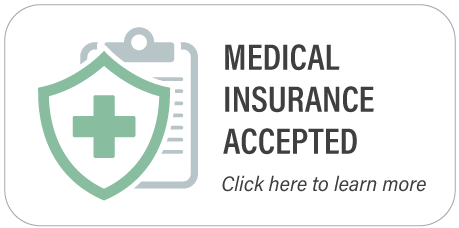Support Your Recovery & Find Relief with
Physical Rehabilitation!
How You May Benefit From Physical Rehabilitation:
- Faster recovery after injury or surgery
- Reduce pain without relying on medication
- Improve strength, balance, and coordination
- Increase flexibility and joint function
- Prevent future injury or relapse
- Restore confidence in movement and daily activities
What Can Physical Rehabilitation Treat?
Physical rehabilitation is a structured healing process designed to restore movement, function, and strength after injury, illness, or surgery. At its core, it combines physical therapy techniques with therapeutic exercises to help patients regain independence and prevent future injuries.
Modern physical rehabilitation has its roots in early 20th-century wartime medicine, where injured soldiers required functional recovery beyond basic wound care. Over the decades, physical therapy evolved through advances in biomechanics, kinesiology, and rehabilitation science, becoming a core part of post-surgical care, chronic pain management, and athletic recovery. Today, it's an essential part of integrative healthcare, used to treat a wide variety of musculoskeletal and neurological conditions such as:
How Physical Rehabilitation Works
Rehabilitation is backed by neuroplasticity, muscle physiology, and motor control research. When you engage in guided, repetitive therapeutic movements, your brain and body create new neuromuscular pathways, helping you retrain proper function. Load-based exercises stimulate tissue regeneration and improve circulation, while proper progression and rest allow for safe, steady recovery. Progress is continuously measured and adjusted to ensure you build endurance, mobility, and strength over time—without overstressing the body.

Physical rehabilitation begins with a comprehensive evaluation of your mobility, strength, flexibility, and pain levels. Then, a customized treatment plan is developed to match your goals—whether you're recovering from surgery, managing a chronic condition, or rebuilding after an injury.
What It Involves
- Therapeutic exercises to strengthen muscles, improve joint function, and correct movement patterns
- Functional training to restore safe, efficient movement for daily tasks
- Balance and coordination work to prevent falls
- Manual therapy techniques to reduce muscle tension and improve range of motion
By combining hands-on therapies and targeted movement, physical rehab helps patients get stronger, move better, and feel more in control of their recovery. Want to know if physical therapy and therapeutic exercises are right for you? Schedule an assessment!
Our Online Reviews

Dr. Izzy provides absolutely top-tier care. She is genuinely the best! Unlike many others, Dr. Izzy takes the time to thoroughly diagnose and understand each patient’s needs. She doesn’t just rush through with a quick adjustment to get you out the door; instead, she carefully assesses your specific concerns and customizes her treatment approach. Her thoughtful attention and expertise truly make a difference, leaving you feeling confident and cared for after each visit. I couldn’t recommend her enough! *
ORRichardson, Texas
Dr. Izzy and her group have gone above and beyond in helping me in providing the best care for me. Dr.Izzy speaking Spanish gave great relief to my mother in helping her understand everything that was happening with my care. She quickly discovered what was the issue with my back. Everyone has amazing bedside manner and attentive. I am very thankful for Whole Body Chiropractic definitely recommend. *
KLRichardson, Texas
I can’t find the words to express my appreciation for this group. I’m a single dad and threw out my back Sunday. I went straight there Monday morning and have been pain free ever since. They have saved me from a ruptured disc as I’ve had issues with this since I was in my early 20’s. I had my second appointment the following Tuesday and have even more movement as well as no more pain. Thank you so much for saving me what could have been a huge financial and mental setback. Much love to you. *
MPRichardson, Texas
Really impressed with Whole Body Chiropractic. I was visiting the Dallas area and needed to see a Chiropractor. Saw good reviews for this location and I'm so glad I called. Dr. Izzy got me in within an hour and a half of calling. Once I got there, it was very comfortable with a spa like feeling. She thoroughly took care of my issue and also did a full adjustment. Afterwards the massage therapy was such a nice touch! Everywhere should do this! Great experience, if I was a local, this is where I would always go! *
BRRichardson, Texas
I really liked Whole Body Chiropractic after the first visit. They were very friendly, thoughtful, caring, knowledgeable, and tailored their technique to the patient. My elderly mother has Parkinson’s disease, and they took very good care of her, helped her get up and down, and used a very gentle adjustment technique on her frail body. My mom enjoyed the doctor and the adjustment very much. *
DTRichardson, Texas* Disclaimer: Results are not guaranteed and may vary from person to person.


